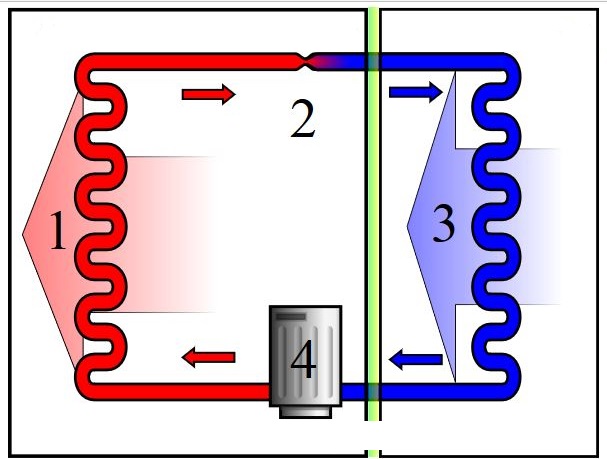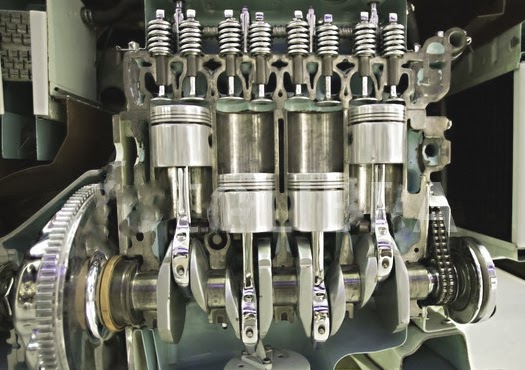What Happens During a Commercial EV Charger Installation?
So, you’re thinking about installing EV chargers at your business or property. Maybe it’s for your staff, your customers, or just to future-proof your space. Smart move; commercial EV charging is picking up speed, and offering charging facilities is quickly becoming more of a necessity than a bonus. But what does the actual installation involve? Who does what, and how long does it take?

First Things First: Site Assessment
Before anything is installed, the professionals will start with a site visit. This step is a crucial part of the electric vehicle charger installation process. It’s where everything gets figured out: what’s possible, what’s needed, and what it’s going to cost.
Here’s what typically gets covered:
- The best location for the chargers
- How many chargers your site can support
- Existing electrical infrastructure and any upgrades needed
- Compliance with local regulations and accessibility requirements
Future-proofing—space and capacity for additional chargers later
The site assessment gives you a clear picture of what’s involved and flags any issues before they become costly surprises.
Power Capacity Check
Not all properties can support high-powered EV chargers straight away. That’s where a load assessment comes in.
The installer will check your site’s current electricity usage and what’s left over. If the system can’t handle more demand, you might need a capacity upgrade from your energy provider, or look at options like load management systems that distribute available power more efficiently.
This part isn’t just technical—it’s about safety and avoiding outages. No one wants the power tripping every time someone plugs in their car.
Choosing the Right Hardware
Once the groundwork’s been laid, the installer will help you decide what kind of chargers suit your site. You don’t need to pick this in isolation—they’ll consider things like:
- Who’s using the chargers (staff, customers, fleet)
- How long vehicles will be parked
- Budget and timeline
- Software and user access needs
Whether it’s basic wall-mounted units or more advanced networked chargers, they’ll guide you on what’s going to work, now and down the line.
Planning the Installation
This step often happens in the background, but it’s a big one. The installer handles the planning approvals (if needed), coordinates with the power company, and sorts out timelines for trenching, cabling, and installation.
If you’re in a complex site, like a shared building, strata property, or shopping centre, there may be extra coordination required. Think access permissions, working around trading hours, or navigating shared infrastructure.
The Actual Installation Day(s)
Now for the main event. How long the installation takes depends on your setup. For a small job, it might be done in a day. Larger or more complex installs can stretch over several days or weeks, especially if major groundwork or switchboard upgrades are involved.
Here’s what the typical installation involves:
- Cabling runs from your switchboard to the charger location
- Trenching (if needed) to lay conduit underground
- Mounting the charger hardware
- Integrating with energy meters or load management systems
- Connecting to software platforms (if required)
Expect some machinery noise, temporary access restrictions, and site signage, but a good team will keep disruptions minimal.
Testing and Commissioning
Once everything is installed, it’s not just plug and go. There’s a thorough testing phase where the electricians check that each charger is working as expected. They’ll test connectivity, charging speeds, load balancing, and any software features like user access or reporting.
If the chargers are connected to a backend platform, they’ll also ensure you’ve got the logins, access rights, and know-how to manage settings. You’ll be shown how to start/stop a session, check usage data, and deal with any basic troubleshooting.
Final Handover
Once it’s all running smoothly, the installer will walk you through the final setup. That might include:
- A quick tutorial for whoever’s managing the chargers
- Maintenance tips and how often they need servicing
- Safety guidelines (for users and staff)
- Support details in case anything goes wrong
Depending on your setup, there might be a maintenance contract or ongoing support plan to consider, especially if you’ve got more complex hardware.
How to Keep It Smooth
If you want your EV charger installation to be as stress-free as possible, here’s what helps:
- Get a site inspection early – It gives you the full picture and helps avoid surprises
- Be clear on your goals – Whether it’s staff charging, public access, or future expansion
- Choose experienced installers – Ones who’ve done commercial jobs before and understand the details
- Ask questions – The more you know, the smoother the process
Done Right, It’s Worth It
A proper EV charger installation isn’t just about plugging in a new bit of gear. It’s about making sure the setup is reliable, safe, and built to handle future demand.
Whether you’re installing two chargers or twenty, taking the time to plan it properly will save you headaches later and give everyone who uses them a much better experience.





